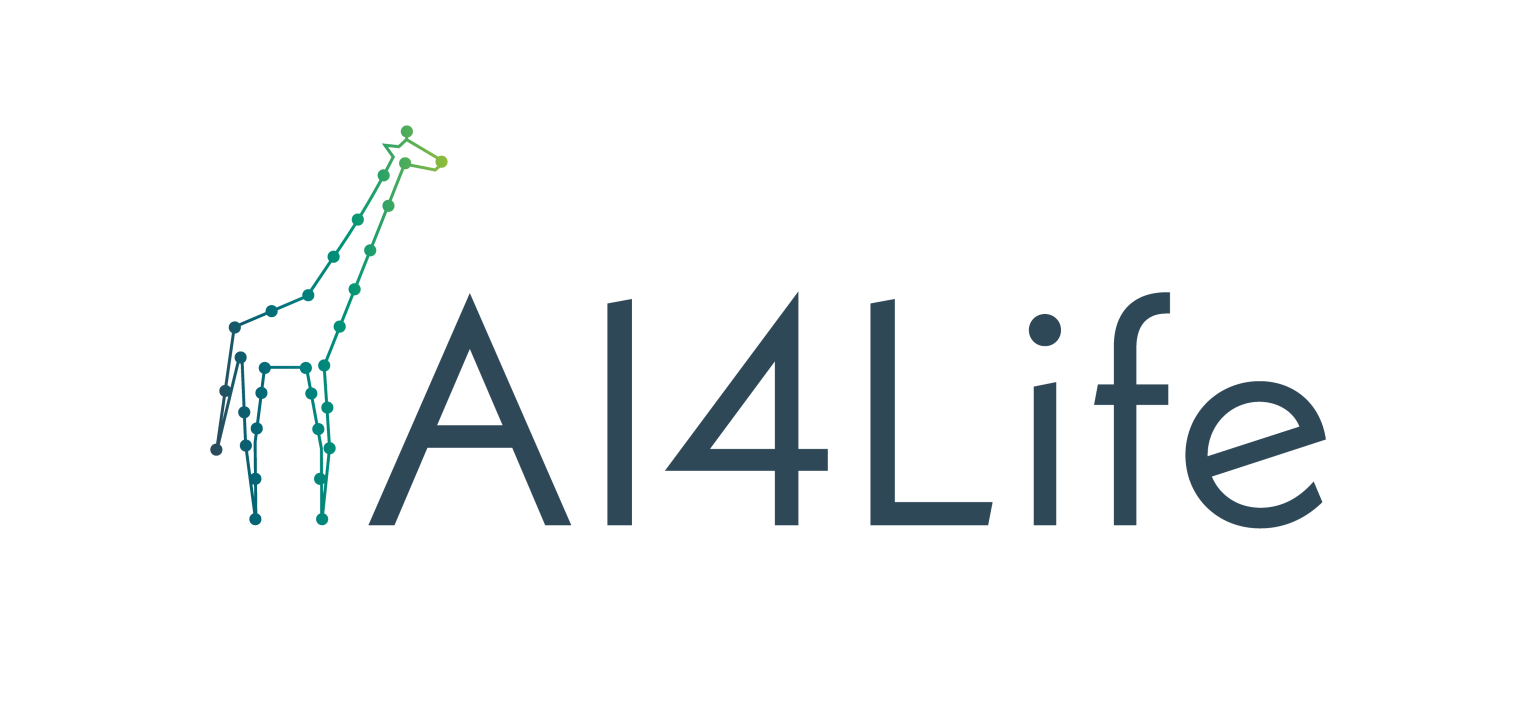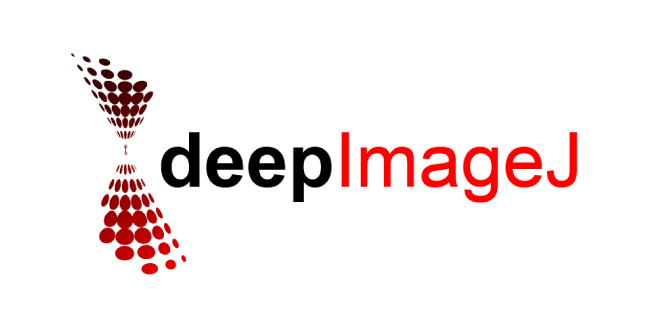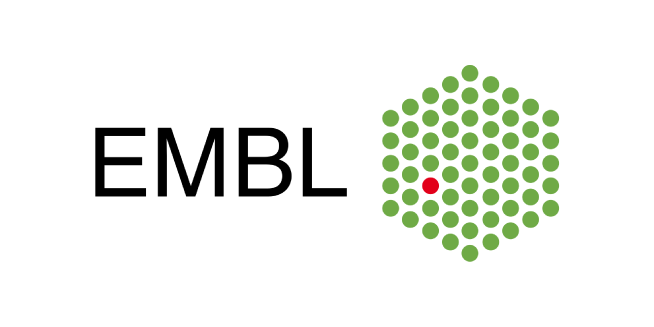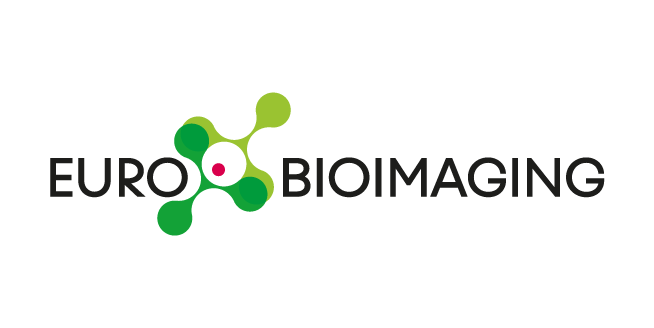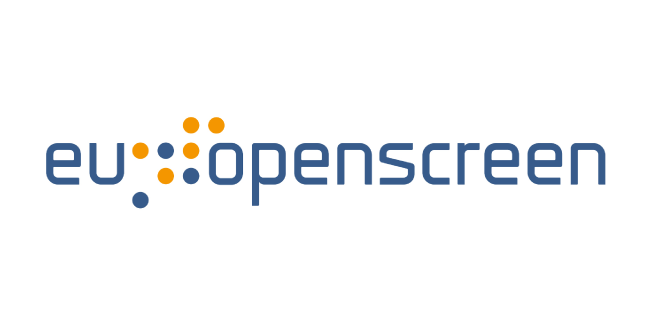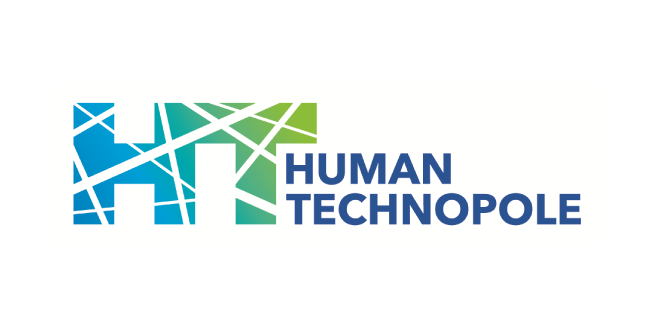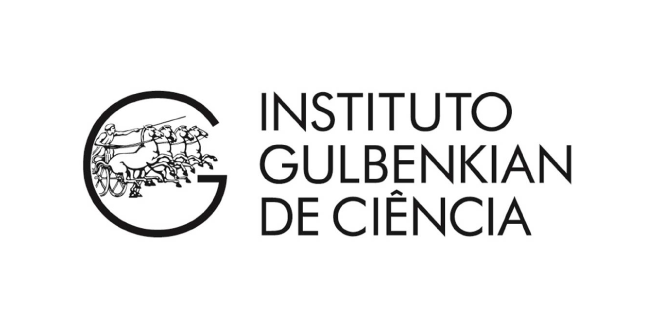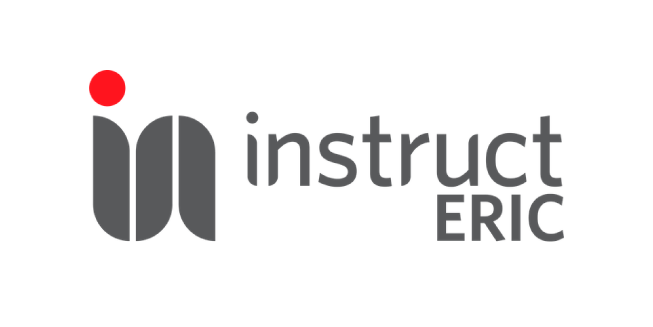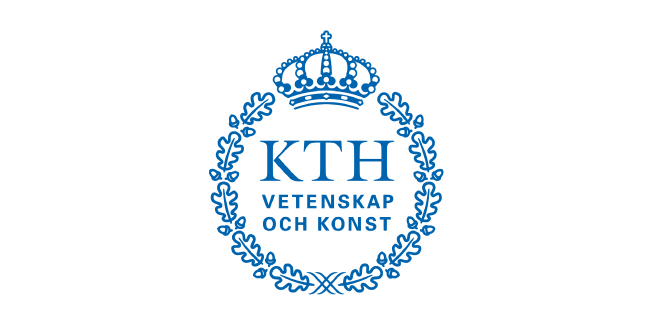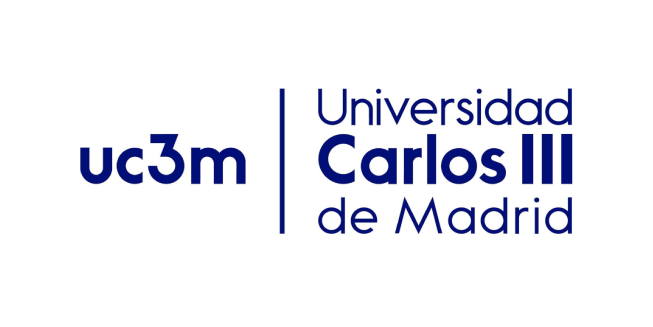ABOUT US
AI4Life in a nutshell
AI4Life is a Horizon Europe-funded project that brings together the computational and life science communities.
Its goal is to empower life science researchers to harness the full potential of Artificial Intelligence (AI) and Machine Learning (ML) methods for bioimage analysis particularly microscopy image analysis, by providing services, and developing standards aimed at both developers and users.
AI4Life promises to create harmonized and interoperable AI tools & methods via open calls and public challenges and bring these developments to researchers via strategic outreach and advanced training.
The services provided and solutions developed within the AI4Life framework are crucial to solving today’s microscopy image analysis problems and will contribute to boosting the pace of biological and medical insights and discovery in the coming years.
The BioImage Model Zoo and FAIR data principles are core facets of the AI4Life project.



10
PARTNERS
3
YEARS
8
COUNTRIES
4M
EUROS
Objectives
and our goals
1
Democratized availability of
AI-based image analysis methods
2
Establish standards for the submission, storage and FAIR access
3
Simple model deployment, sharing, and dissemination through a new developer-facing service
4
Organize Open Calls and Challenges for image analysis problems
5
Empower common image analysis platforms with AI integration
6
Organizing outreach and training events i.e. image analysis courses/workshops and participation in international conferences
COMMUNITY PARTNERS
Our extensive network
PROJECT PARTNERS
Our interdisciplinary team
STRUCTURE
The way we work
The overall aim of WP1 is to provide project management support to the consortium as a whole as well as to the individual consortium partners in matters linked to AI4Life. Professional project management will establish the conditions for effective and efficient delivery of AI4Life.
One of our major goals is to provide a comprehensive resource website for users and enable non-computational users from the life sciences to easily test-run and evaluate pre-trained models and run computational tools in the web browsers. We will provide a user-friendly UI, a cloud computing infrastructure for running AI models in the web browser and a standard for running tools in our computing infrastructure or connecting web applications and desktop software tools to the website. The computing infrastructure will be made available through providers within the European Open Science Cloud (EOSC).
The overall aim of the WP3 is to make the BioImage Model Zoo realise its full potential by bringing its Deep Learning (DL) tools and the related material to the point that they are easily and conveniently usable by the end-users and the model contributors. Without responsive and efficient user support, and good feedback to the consumer software, the BioImage Model Zoo risks becoming a container of models, data and code lacking real application. On the contrary, by implementing the AI4Life vision, we will achieve widespread use of DL tools in the life sciences community elevating the biological questions that can be answered to the next level. For that, WP3 will focus on consolidating the integration of the DL tools provided by the BioImage Model Zoo into the users’ image processing workflows. Moreover, the necessary mechanisms will be established to assure the correct deployment of the provided DL tools in real applications. We plan to achieve it through direct support for users and contributors of models.
WP4 aims to establish a framework that helps method developers and advanced image analysts to integrate their deep-learning-based algorithms into the AI4Life projects, such as the Bioimage Model Zoo. By doing so, we will empower developers with analytical and computational tools to reach a large audience of non-computational scientists and further their research capacity through accessible machine-learning technology. The WP, in particular, will provide base tools and guidelines, encouraging open contributions crowdsourced by the imaging community in a Findability, Accessibility, Interoperability, and Reusable (FAIR) form.
This work package will develop and implement support strategies, build and strengthen support networks, and run open calls for supporting challenging analysis problems that (i) are limiting the rate of progress in the field the analysis problems originate from and (ii) are likely to be significantly improved or even solved when employing modern AI-based methods.
D5.1. Annotation standards and software, libraries and reference examples
This work package will develop and implement support strategies, build and strengthen support networks, and run open calls for supporting challenging analysis problems that (i) are limiting the rate of progress in the field the analysis problems originate from and (ii) are likely to be significantly improved or even solved when employing modern AI-based methods.
This work package will develop and implement a communication and outreach strategy as well as training opportunities for scientists from diverse fields, including biology, medicine, physics and informatics, who could benefit from using AI-based analysis tools on their image data. The communication strategy will ensure that key stakeholders (biologists, medical professionals, imaging scientists, (bio-)informaticians, funders, etc., as well as partners affiliated with EOSC-related projects) are aware of the AI4Life project and the opportunities it provides, so that they can interact and engage in our activities.
contact
Get in touch with us

ai4life@eurobioimaging.eu
@AI4LifeTeam
